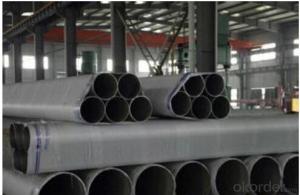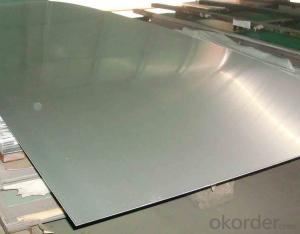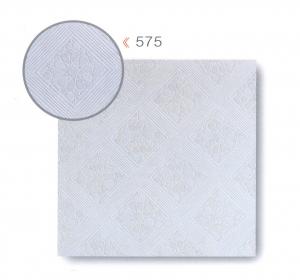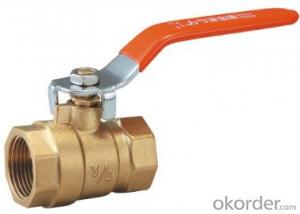440 Stainless Steel Sword
440 Stainless Steel Sword Related Searches
Best Paint For Stainless Steel Blanket Insulation For Steel Buildings Primer For Galvanized Steel Foam Filter For Stainless Steel H S Code For Stainless Steel Surface Grinding Wheels For Stainless Steel Surface Grinding Wheels For Hardened Steel Hole Saw For Stainless Steel Paint For Stainless Steel Stainless Steel For BbqHot Searches
Steel Mesh Panels For Sale Price For Stainless Steel Scrap Scrap Price For Stainless Steel Price For Stainless Steel Stainless Steel Tank For Sale Stainless Steel Sheets For Sale Cheap High Tea Sets For Sale Stainless Steel Tanks For Sale Stainless Steel For Sale High Density Fiberboard For Sale Solar Hot Water Collectors For Sale Scaffolding For Sale In Uae Scaffolding For Sale In Ireland Scaffolding For Sale In Houston Type Of Inverter For Solar Price Of Shipping Containers For Sale Types Of Inverter For Solar Stock Price For Aluminum Used Solar Inverter For Sale Steel Mesh Panels For Sale440 Stainless Steel Sword Supplier & Manufacturer from China
Okorder.com is a professional 440 Stainless Steel Sword supplier & manufacturer, offers integrated one-stop services including real-time quoting and online cargo tracking. We are funded by CNBM Group, a Fortune 500 enterprise and the largest 440 Stainless Steel Sword firm in China.Hot Products
FAQ
- Yes, stainless steel sheets can be used for countertops and backsplashes. Stainless steel is a durable material that is resistant to stains, heat, and bacteria, making it an excellent choice for kitchen surfaces. It is easy to clean, maintains its appearance over time, and can withstand heavy use. Stainless steel countertops and backsplashes are commonly used in commercial kitchens due to their hygienic properties, but they are also becoming increasingly popular in residential settings for their sleek and modern look.
- Drilling holes in stainless steel sheets requires some specific steps and tools to ensure accurate and clean results. Here's a step-by-step guide on how to drill holes in stainless steel sheets: 1. Gather the necessary tools: You will need a drill machine, suitable drill bits for stainless steel (preferably cobalt or carbide), center punch, safety goggles, work gloves, and a clamp or vise to secure the stainless steel sheet. 2. Choose the right drill bit: Stainless steel is a tough material, so regular drill bits may not be effective. Cobalt or carbide drill bits are more appropriate for stainless steel as they are specifically designed to cut through hard metals. 3. Mark the hole position: Use a center punch to create a small indentation at the exact spot where you want to drill the hole. This will prevent the drill bit from slipping while starting the hole. 4. Secure the stainless steel sheet: Clamp or secure the stainless steel sheet firmly to a workbench or surface to avoid movement during drilling. This will ensure accurate and clean holes. 5. Wear safety gear: Put on safety goggles and work gloves to protect your eyes and hands from metal debris and sharp edges. 6. Start drilling: Place the drill bit on the marked indentation and apply light pressure to start the hole. Use a slower speed setting on your drill machine to prevent overheating. Gradually increase the pressure as you continue drilling. 7. Use cutting fluid or lubricant: To reduce friction and heat buildup, apply a cutting fluid or lubricant on the drill bit while drilling. This will help prolong the life of the drill bit and prevent the stainless steel sheet from discoloration or warping due to excessive heat. 8. Monitor the drilling progress: Keep an eye on the drilling progress and adjust the speed and pressure accordingly. It's essential to maintain a steady pace and avoid applying excessive force, as it can lead to drill bit breakage or damage to the stainless steel sheet. 9. Remove metal debris: Periodically stop drilling and remove metal debris from the hole to prevent clogging and ensure a clean hole. 10. Finish the hole: Once the desired hole size is achieved, slowly withdraw the drill bit from the stainless steel sheet. Smooth out any rough edges around the hole using a file or deburring tool. By following these steps and using appropriate tools, you can successfully drill holes in stainless steel sheets with precision and efficiency. Remember to take your time, prioritize safety, and maintain proper tool maintenance for optimal results.
- Stainless steel sheets have an exceptionally long lifespan and can last for several decades or even a lifetime with proper care and maintenance.
- What's the difference between stainless steel coil and stainless steel plate?
- One is a coil and the other is a strip.
- Yes, stainless steel sheets can be used for food processing or medical applications. Stainless steel is highly resistant to corrosion and contamination, making it suitable for these industries where hygiene and safety are crucial. It is easy to clean, maintain, and sterilize, making it an ideal choice for food processing equipment, surgical instruments, medical devices, and implants.
- Yes, stainless steel sheets are available in different patterns. Stainless steel is a versatile material that can be manipulated in various ways to create unique patterns and designs. Some common patterns include brushed, satin, mirror, diamond, and checker plate. These patterns not only enhance the aesthetic appeal of stainless steel sheets but also offer functional benefits such as increased slip resistance or improved durability. Whether you are looking for a sleek and modern look or a more textured and decorative finish, there are numerous options available in stainless steel sheets to suit your needs.
- Yes, stainless steel sheets are highly suitable for industrial kitchens. Stainless steel is a popular choice for commercial kitchens due to its numerous advantageous properties. Firstly, stainless steel is highly resistant to corrosion and rust, making it ideal for environments with high humidity and exposure to water and chemicals typically found in industrial kitchens. This resistance also ensures that stainless steel sheets are long-lasting and durable, making them a cost-effective choice in the long run. Secondly, stainless steel is easy to clean and maintain, which is crucial in a busy kitchen environment where hygiene is of utmost importance. Its smooth and non-porous surface prevents the accumulation of dirt, grease, and bacteria, making it a hygienic choice and reducing the risk of cross-contamination. Furthermore, stainless steel sheets are heat resistant, making them suitable for use in industrial kitchens where high temperatures are involved, such as near stoves, ovens, or grills. Stainless steel is also resistant to staining and is not affected by acidic or alkaline substances commonly used in cooking and cleaning processes. In addition to its functional properties, stainless steel sheets are aesthetically pleasing and can enhance the overall appearance of an industrial kitchen. They provide a sleek and modern look that can easily fit into various design styles. Overall, stainless steel sheets are a highly suitable choice for industrial kitchens due to their corrosion resistance, durability, ease of cleaning, heat resistance, and hygienic properties. They offer a practical and visually appealing solution that meets the demands of a busy commercial kitchen environment.















































